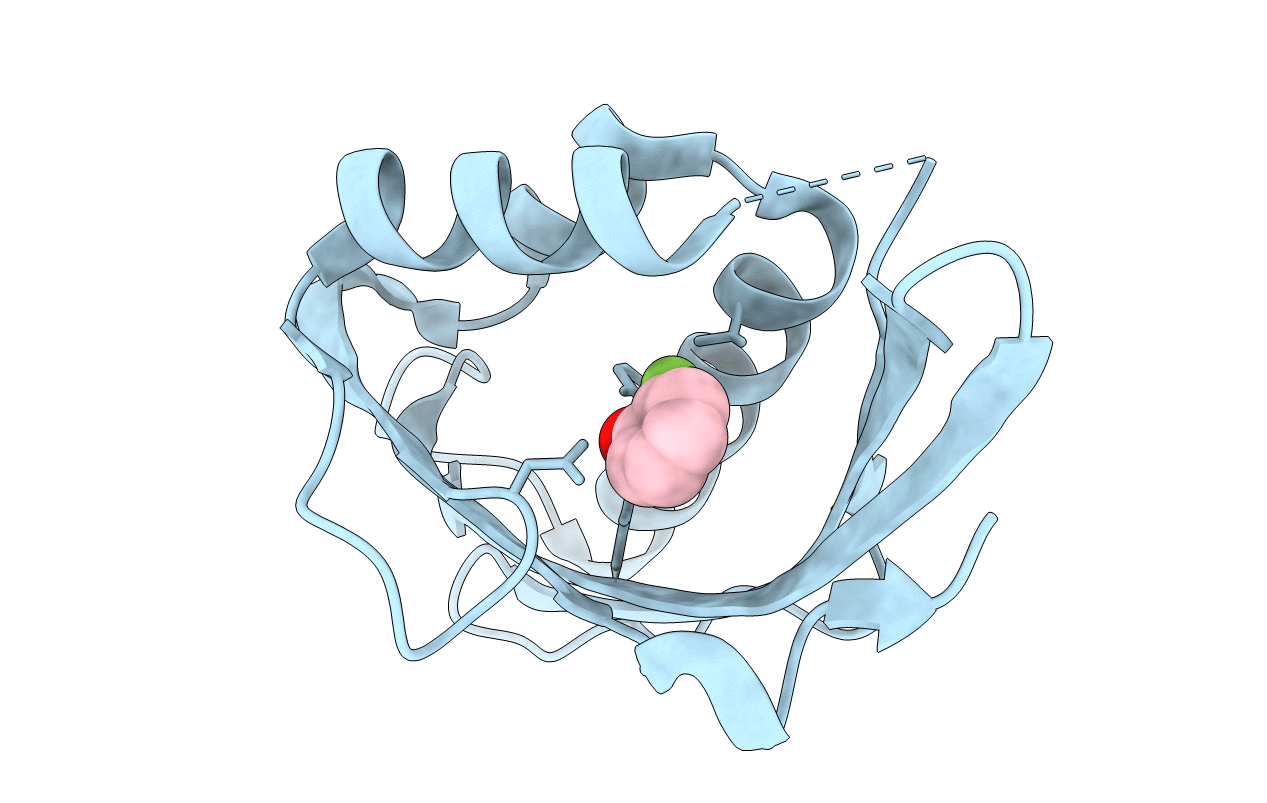
Deposition Date
2008-03-31
Release Date
2008-09-23
Last Version Date
2023-08-30
Entry Detail
PDB ID:
3CPO
Keywords:
Title:
Crystal structure of ketosteroid isomerase D40N with bound 2-fluorophenol
Biological Source:
Source Organism:
Pseudomonas putida (Taxon ID: 303)
Host Organism:
Method Details:
Experimental Method:
Resolution:
1.24 Å
R-Value Free:
0.20
R-Value Work:
0.16
R-Value Observed:
0.16
Space Group:
C 2 2 21


